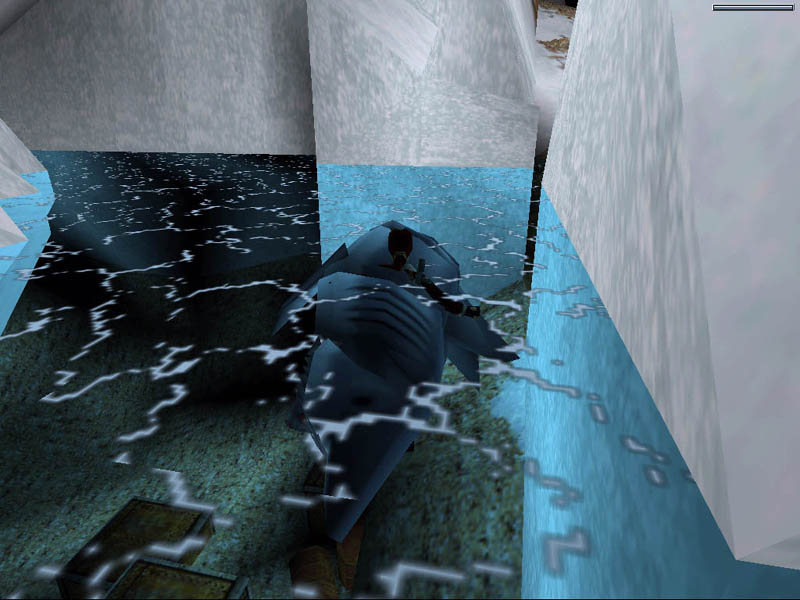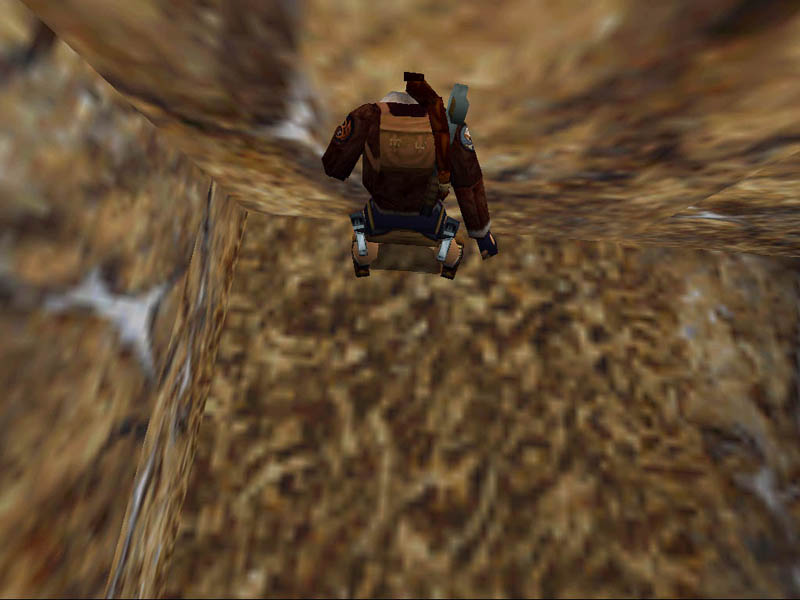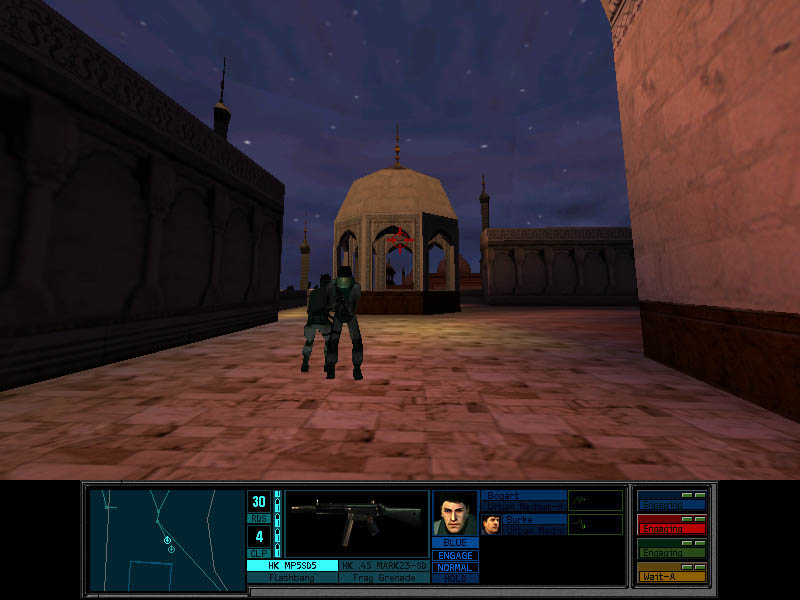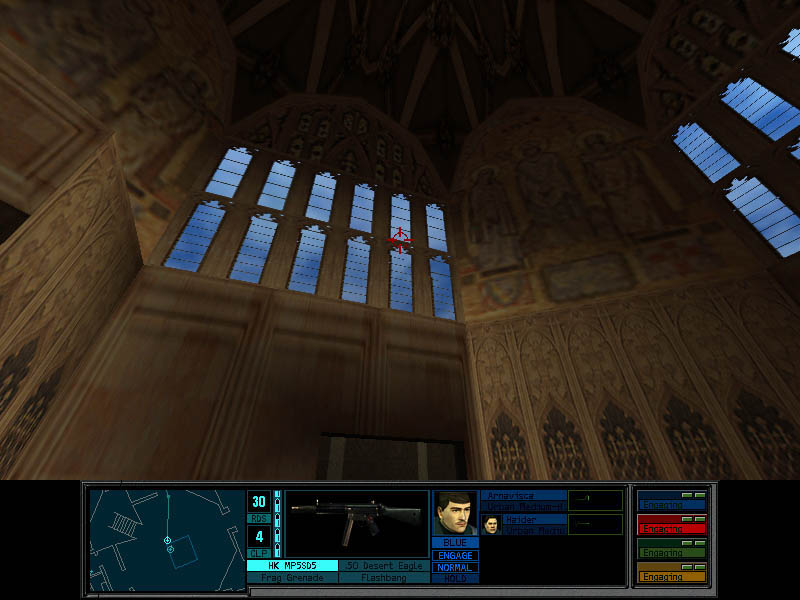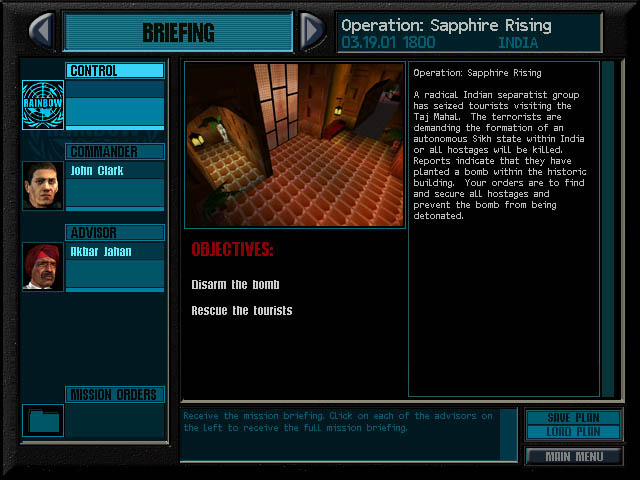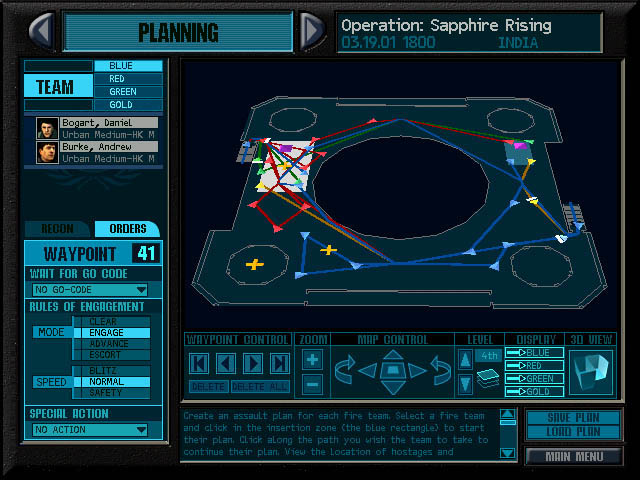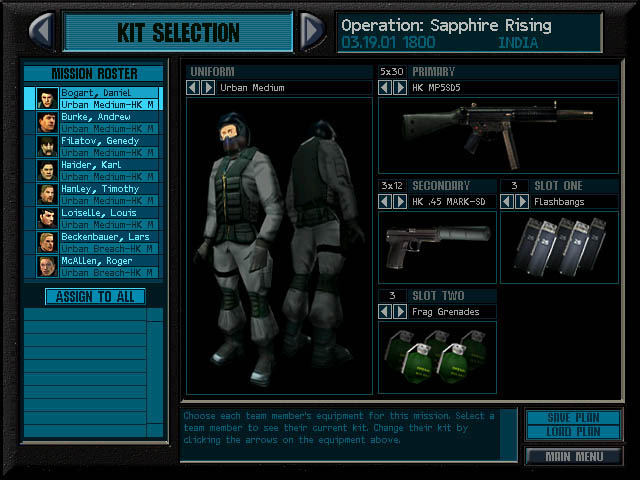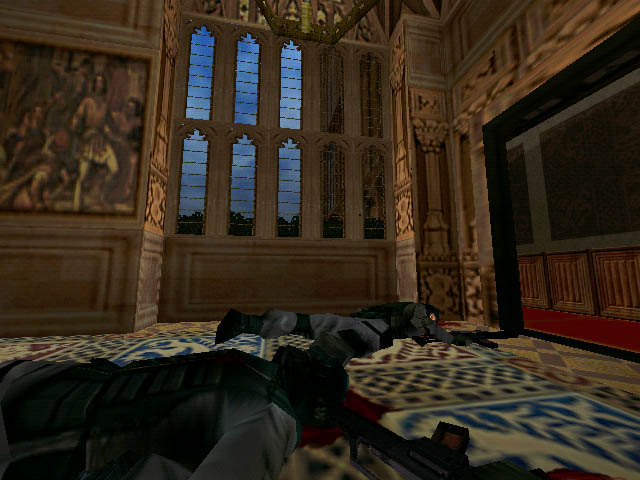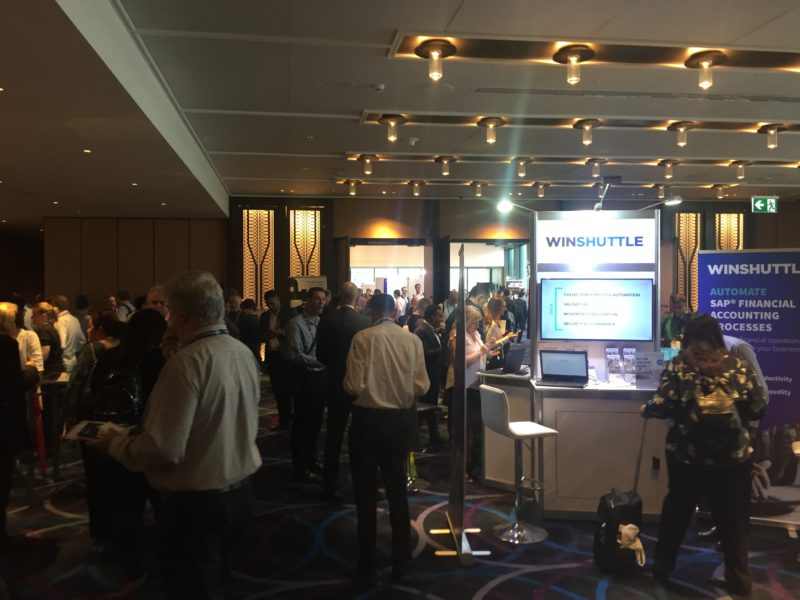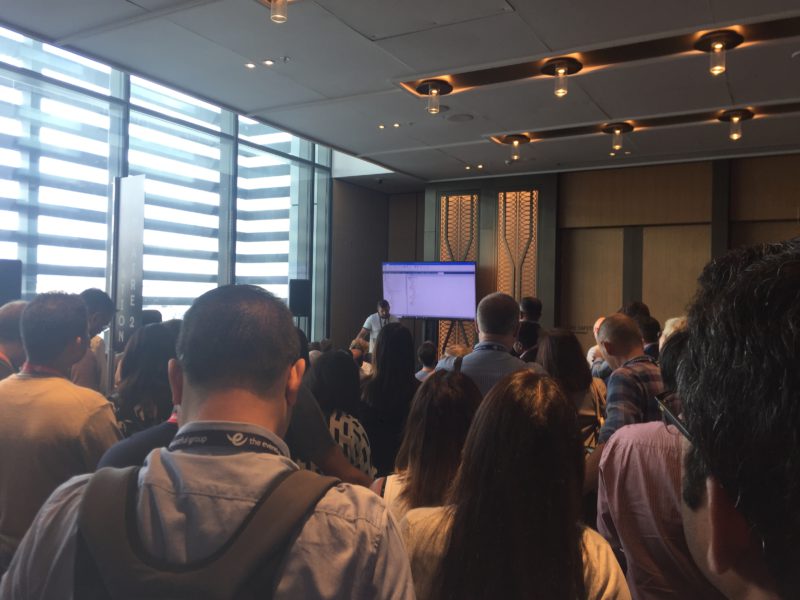Back in 2018, I briefly worked for a travel company. In the time I was there, I got this one article out the door, that looked at platform capitalism and sharing economies.
“Nobody legislates technology into being. They don’t legislate the birth of the internet or cell phones or anything. They’re called forth into the market, and the people who call them forth often have absolutely no idea how these things they’ve thought of will most change society. It’s impossible to tell until people have the things, and they’re using them.”
– William Gibson
Duty of Care: a moral and/or legal obligation to ensure the safety or well-being of others
This modern life
Are you planning to travel in the near future? If so, it’s likely that you’ll be dealing with hotels and taxis. Why? Because over the last sixty years, and two millennia, it’s become the norm; people expect to have to use both when travelling. Especially business travellers. They need to get around. And they want to do it with minimal fuss and hassle. The whole thing should be as easy as ordering a pizza.
Ideally.
But consider what’s under the hood of this process? What goes on in the engine powering the world’s travel systems? It’s not a question commonly asked; we’ve become so accustomed to simply being able to travel from Point A to Point B that there’s no mystique, no curiosity in the background procedures, protocols, and processes that daily ferry humans around the world for business, leisure, and other assorted reasons. Ever wonder how payments are processed? How insurance policies are agreed upon? Who decides what airline and car rental company you’ll be using?
For corporate and business travellers? Here’s what’s under the hood. Their employer will likely utilise the services of a travel management company (TMC); the TMC in turn will provide the organisation with a travel policy. What, dear reader, is a travel policy? Well, here’s how QBT lays it out to The Uninitiated:
‘The purpose of a travel policy is to provide employees with clear guidelines around the expenditure of their employer’s funds for business travel. The policy clearly outlines the process to be taken when booking travel for business reasons.’
Travel policies include recommendations such as what online booking tool to use, which payment methods to utilise, rules for domestic and international travel, preferred approaches to hiring cars and organising other ground transport, and more. By following the guidelines laid out in a travel policy, a traveller remains “in policy”. Which TMCs like. It helps them meet their Duty of Care obligations. A company’s travel policy? It’s their Yellow Brick Road.
Ebb and Flow
Generally, we can rest assured knowing that everything will be fine. There’s an order to things, a rhythm, structure. We know how things will work. There’s a concierge at the front desk, near a vaguely rectangular stand containing hundreds of brochures and guides to local sights, attractions, oddities, restaurants, pubs, as well as maps of the region.
It’s comfortable, knowing what to expect. It helps reduce our stress levels, makes us feel safe, and allows us to get on with dealing with other matters of importance to us, be it social calls, business matters, or personal engagements. We want to be able to get on with things with a minimal amount of fuss and stress.
The reason we’re able to do so is because of the complex and interwoven set of human actions and digital protocols that weave together to ensure we never feel unsure of ourselves, and know what to do even in the most unlikely of circumstances. We’ve been given phone numbers, contact details, our employer knows where we are. All things we don’t really think about it because it’s what we expect.
Welcome to quality duty of care.
Duty of care exists to ensure that travellers, be they clients or employees, feel safe, taken care of, have had their travel process made as easy and simple as possible, are armed with the most up to date information, know what to expect, and who to contact and what to do in the case of an emergency.
And we expect this. It’s the norm.
No maps for these territories
Circa 2018, our picture of what The Norm ought to be has found itself frazzled. Over the last decade, an emergent phenomenon identified as the Sharing Economy, or the Platform Economy in some instances, or even Platform Capitalism, has slowly infiltrated the structures put into place to hurl us around our pale blue dot.
The question seeking to voice itself in your mind probably wants to know: is there a difference between those terms, or are they all just synonym of each other? Let’s burst the bubble right now: they’re not the same thing. They may share a common set of roots, but they are not an equivocal set of terms.
Allow me to explain.
Let’s start with the term ‘Sharing Economy’. When this term is used, it’s usually understood to be referring to legitimate, albeit small organisations and platforms, the kind that exist to engage in a legitimate sharing – be it of services through apps such as Yerdle, a communal centre such as Sydney’s reverse garbage centre in Enmore, or even a community neighbourhood page on Facebook where neighbours can ask for assistance. The idea behind it is as simple as it sounds: help one another out in the spirit of community spirit. Think of them as localised life hacks.
Then there’s the ‘Platform Economy’. That’s what Uber, Lyft, Airbnb – large, heavily-valuated services – are, even though many insist on referring to them as being part of the “share” economy. It’s a little misleading. These organisations – they’re different beasts, and arguably are little more than digitally-enabled expansions of the existing market economy. As some technology critics have argued, the nature of their software, social design, and business approach would in fact mark them out as being the opposite of sharing. Thus, as mentioned earlier, another term used to describe such organisations is Platform Capitalism.
For better or worse, the emergence of this (usually app-driven) secondary economy has presented new and unusual challenges to travel management companies and how they tackle duty of care, as well as customer expectations – something that inherently ties into duty of care.
If we consider, for example, Airbnb, we find a Platform Economy service that, according to the American Bureau of Statistics, led to a 3.7% decrease in annual hotel profits in 2014. How and why? By providing alternative accommodation options that provide travellers with a novelty – or more “authentic” – travel “experiences”, as well as – potentially – a way to meet new people, establish new friendships and even business connections.
From the viewpoint of those with temporarily rentable spare rooms, it provides a means by which to earn a secondary income ― what Airbnb refers to as “microentrepreneurs”. The perception, the narrative, if you will, that they’re trying to present to would-be users, is thus: why stay in a boring template hotel room, when you, the traveller, can have a more authentic travel experience by staying with a local? It’s as though someone took the Pulp song ‘Common People’ and actualised it into a business plan.
Why stay in an expensive hotel, when you could stay in a comfy, homey, “real” home, in a location that is closer to where you need to be and cheaper than a hotel? And perhaps some of those available accommodations might be closer to a desired location. Or might be cheaper than a hotel.
And of course, the emergence of these services has forced hoteliers to reflect upon their service offerings and seek to adapt to changing customer desires and expectations to compete with the rise of alternative hotel offerings.
The millennial dollar question
The million-dollar question then. What happens if hotels don’t start catering to or try and conform to the needs of contemporary travellers? Well, there is a clear and very obvious concern of losing business, for one, and staff as well. So what’s a hotel or taxi company to do? One option? Start buying up share services, as AccorHotels did when it purchased Onefinestay, a London sharing-service geared towards the high-end market.
Alternatively? Listen to the complaints, and ask the question: why are an increased number of people choosing to use alternative platform services in lieu of established services? What makes a person choose an Airbnb over hotels – a place that guarantees 24/7 reception assistance, privacy, good WIFI speeds, and doesn’t ask you to worry about anything beyond waking up on time?
For better or worse? It’s the experience of the thing.
The current generation? Millennials? Like it or not, they’re reacting against nearly two generations of structural developments which they find soulless, stale, and devoid of any personality. As many hoteliers are slowly discovering, contemporary clients don’t just want a place to stay – they want a hotel that provides a genuine and real experience.
What does that mean? What does that look and sound like? Tune in, listener.
Increasingly, patrons want to have authentic local cultural “experiences”, be serviced by staff members in a less formal (read: “real”) manner, use brands that provide more socially-oriented and progressive attitudes, access fully operational apps, or even something as simple as homier settings. Customers value staff members who are encouraged to establish meaningful and sincere connections with them – to provide a human encounter.
But – because of course there’s a “but”: does that attitude apply to business and corporate travellers? After all, that is the big fish in the hotel industry. Airbnb has certainly tried to get their foot in the door of that market by offering up an Airbnb for Work service. How exactly does that work? Well, it’s not as easy as renting out a simple room.
To quality a property for joining what Airbnb calls the “work collection”, properties must provide, in addition to standard requirements (e.g. amenities, responsiveness, etc.): Wifi, self check-in, a laptop-friendly workspace, an iron, hangers, a hair-dryer, and shampoo. In addition, Airbnb will provide the companies of business travellers with a tool to track spending, receive invoices directly, and manage employees’ itineraries.
The big but – the one that’s a giant eyesore of a white elephant in the room is this: will it appeal to corporate and business travellers? While there has been some researched published that suggests homesick road warriors might find it appealing, many organisations remain ambivalent about the prospect of utilising such services, due to not meeting standard duty of care regulations – notably: an inability to vet the lodging space.
So what should hoteliers and their users alike do?
Be here now
It’s in the best interest of more established, traditional organisations to improve the harmony of their pricing options, branding, and guest experiences, to ensure they can compete with these emergent platform economies. For the business and corporate flyers – their employers need to focus on those things they can control: providing better, more up to date duty of care packages.
Sending a traveller somewhere? Ensuring their safety (duty of care) is paramount. It’s not enough to tick a few security boxes; apply a healthy dose of imagination, to determine what other steps can be taken to ensure that the client feels safe and taken care of. Make sure you know how to get in touch with them should emergency strike.
Are they carrying a phone? Supply an extra charger. Travelling in a taxi? Does it have GPS? Have they been supplied with the most up to date and recent information on their destination, to help them better understand what to expect? Does your organisation have staff available in the location to which they are travelling? Has the organisation performed a thorough risk analysis? Is the client aware of who to contact or call in an emergency situation? Dear reader, if you don’t have an answer for any of these questions, help yourself and your organisation by talking to QBT’s travel representatives.
One element of the duty of care package is something called a Travel Risk Mitigation Toolbox. Their function? To help organisations and travel management companies alike better service the needs of their customers. Which is what QBT provides. 24/7 in-house information service? Check. Real-time alerts? You got it. Traveller tracking with emergency warnings and updates? Absolutely.
At day’s end, obviously, there is only so much any travel management companies can do, including reminding and encouraging their staff to not book out of policy, as that makes everyone’s life and jobs fantastically more stressful and unpleasant. The moment a traveller books out of policy, their nominated travel management companies won’t be able to track their movements. It’s a total jack move, booking out of policy.
Have a better time than most can dream
Platform capitalism and sharing economies are here to stay. We all need to take a deep breath and accept that reality. It’s a case of adapt or die. We need to understand what this new emergent economy is, its many different facets, and what companies / corporations / organisations should know and consider when thinking of embracing, if not even working with, this emergent system.

